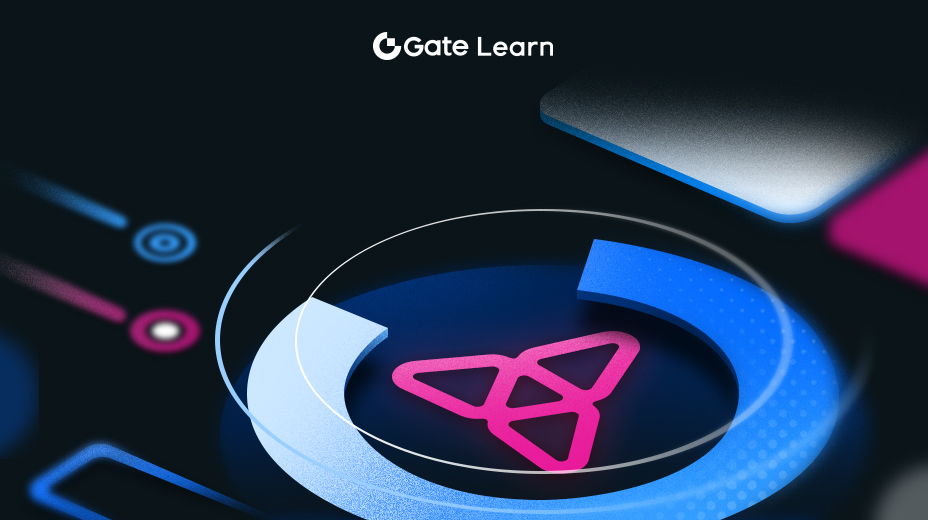Peta Jalan, Pengembangan di Masa Depan, dan Kesimpulan
Merefleksikan perjalanan kami melalui kursus "The Graph", ini merupakan perjalanan yang mencerahkan dan, terkadang, menyenangkan. Sebagai penutup, saya ingin mengucapkan terima kasih yang sebesar-besarnya kepada semua peserta yang telah memulai perjalanan ini. Keingintahuan dan antusiasme Anda telah menjadi kekuatan pendorong di balik penjelajahan ini.

Sepanjang kursus ini, kita telah menjelajahi The Graph secara ekstensif, sebuah protokol untuk mengindeks dan menanyakan data blockchain. Kami mempelajari ekosistemnya, teknologi yang mendasarinya, dan beragam aplikasinya. Sekarang, mari kita alihkan perhatian kita ke peta jalan masa depan dan pengembangan yang direncanakan untuk The Graph, seperti yang diuraikan dalam publikasi terbaru mereka. Secara detail:
Dunia Layanan Data
- Bahasa Kueri Baru: Pengenalan berbagai bahasa kueri untuk memenuhi beragam kasus penggunaan analisis data.
- Integrasi Firehose dan Substreams: Memastikan aliran data yang efisien dan modular, meningkatkan kemampuan pengambilan dan pemrosesan data.
- Sumber Data yang Dapat Diverifikasi dan Sumber Data Non-Deterministik: Inovasi untuk pengambilan data historis dan integrasi sumber data yang tidak dapat diprediksi.
- Model Bahasa Besar (Large Language Models/LLM): Memanfaatkan model-model canggih untuk menghasilkan kueri yang canggih, untuk memenuhi kebutuhan data yang kompleks.
- Pasar Berbagi File Dinamis untuk Pengindeks: Mengembangkan pasar untuk memfasilitasi berbagi dan monetisasi layanan data.
Pemberdayaan Pengembang
- Peningkatan UX dan Penagihan yang Disederhanakan: Meningkatkan antarmuka pengguna dan menyederhanakan transaksi keuangan.
- Transisi yang mulus ke Jaringan: Memfasilitasi migrasi subgraf yang mudah ke jaringan desentralisasi The Graph.
- Dukungan untuk Semua Rantai: Memperluas dukungan jaringan untuk menyertakan berbagai jaringan blockchain.
- API GraphQL yang disempurnakan: Meningkatkan API untuk interaksi data yang lebih kuat dan efisien.
Kinerja Pengindeks yang Dioptimalkan
- Model Eksekusi Data Paralel: Menerapkan strategi untuk pemrosesan data secara simultan.
- Algoritma Hashing Baru untuk Bukti Pengindeksan: Mengembangkan algoritme tingkat lanjut untuk efisiensi pengindeksan yang lebih baik.
- Standarisasi Ekstraksi Data: Menciptakan metode yang seragam untuk ekstraksi data di berbagai blockchain.
- Peningkatan dalam Arsitektur Streaming: Berinovasi dalam streaming data untuk pengindeksan yang lebih cepat dan mengakomodasi kasus penggunaan data baru.
Grafik Data yang Saling Terhubung
- Alat untuk Data yang Dapat Dikomposisikan: Membangun alat bantu untuk mengelola dan memanfaatkan data dengan cara yang lebih saling terhubung dan dapat dikomposisikan.
- Grafik Pengetahuan Terorganisir: Mengembangkan grafik pengetahuan yang terstruktur dan komprehensif untuk meningkatkan kegunaan dan aksesibilitas data.
Evolusi Protokol & Ketahanan
- Fokus Skalabilitas: Berkonsentrasi pada solusi penskalaan untuk meningkatkan kinerja protokol.
- Penambahan Gateway Baru: Memperluas gateway jaringan untuk aksesibilitas dan efisiensi yang lebih luas.
- Peningkatan Mekanisme Delegator dan Kurator: Menyempurnakan peran-peran ini untuk meningkatkan partisipasi dan tata kelola jaringan.
- Penskalaan Lapisan 2: Menerapkan solusi Layer 2 untuk meningkatkan efisiensi dan mengurangi biaya transaksi.
Rekap singkat dari setiap pelajaran dalam kursus ini
Pengantar ke The Graph: Pelajaran awal ini menetapkan panggung dengan memperkenalkan The Graph sebagai teknologi penting dalam web yang terdesentralisasi. Kami membahas fungsi utamanya sebagai protokol untuk mengindeks dan menanyakan data blockchain, menyoroti pentingnya dalam menjembatani aplikasi terdesentralisasi dengan data yang mereka butuhkan.
Memahami Subgraf: Di sini, kita akan mengeksplorasi subgraf, yang merupakan hal mendasar dalam operasi The Graph. Pelajaran ini berfokus pada bagaimana mereka mengatur dan membuat data blockchain dapat diakses, mempelajari struktur dan fungsionalitasnya.
Membuat kueri dengan GraphQL: Pelajaran ini berpusat pada GraphQL, sebuah bahasa kueri yang digunakan dalam The Graph. Kami memeriksa bagaimana hal ini memungkinkan kueri data yang efisien dan tepat, memberikan contoh praktis untuk mengilustrasikan penggunaannya dalam skenario dunia nyata.
Pengindeksan dalam The Graph: Kami mempelajari proses penting pengindeksan di dalam The Graph. Pelajaran ini mencakup mekanisme di balik pengindeksan, menjelaskan mengapa pengindeksan sangat penting untuk membuat data blockchain tersedia dan dapat dicari.
Jaringan Terdesentralisasi The Graph: Bagian dari kursus ini memberikan wawasan ke dalam arsitektur terdesentralisasi The Graph. Kami membahas bagaimana pengaturan ini memastikan integritas dan kepercayaan jaringan, yang membedakannya dari sistem pengambilan data terpusat.
Mengembangkan di The Graph: Ditujukan untuk para pengembang, pelajaran ini memandu melalui aspek-aspek praktis dalam membangun aplikasi menggunakan The Graph. Ini termasuk kasus penggunaan dan contoh untuk menunjukkan keserbagunaan dan kemampuan protokol.
Model Ekonomi dan Token GRT: Kami menganalisis model ekonomi The Graph, dengan fokus pada peran dan kegunaan token aslinya, GRT. Pelajaran ini menjelaskan bagaimana token ini memfasilitasi berbagai operasi dalam ekosistem The Graph.
Tata Kelola dalam Grafik: Tata kelola merupakan hal yang penting dalam sistem yang terdesentralisasi. Pelajaran ini membahas bagaimana tata kelola pemerintahan bekerja di The Graph, dengan menekankan partisipasi masyarakat dan proses pengambilan keputusan.
Peta Jalan dan Pengembangan di Masa Depan: Pelajaran terakhir melihat ke depan, menguraikan peta jalan ambisius The Graph. Kami membahas ekspansi yang direncanakan dalam layanan data, peningkatan alat bantu untuk pengembang, peningkatan kinerja pengindeks, dan pengembangan protokol secara keseluruhan.
Merefleksikan perjalanan kami melalui kursus "The Graph", ini merupakan perjalanan yang mencerahkan dan, terkadang, menyenangkan. Sebagai penutup, saya ingin mengucapkan terima kasih yang sebesar-besarnya kepada semua peserta yang telah mengikuti perjalanan ini. Keingintahuan dan antusiasme Anda telah menjadi kekuatan pendorong di balik penjelajahan ini.





